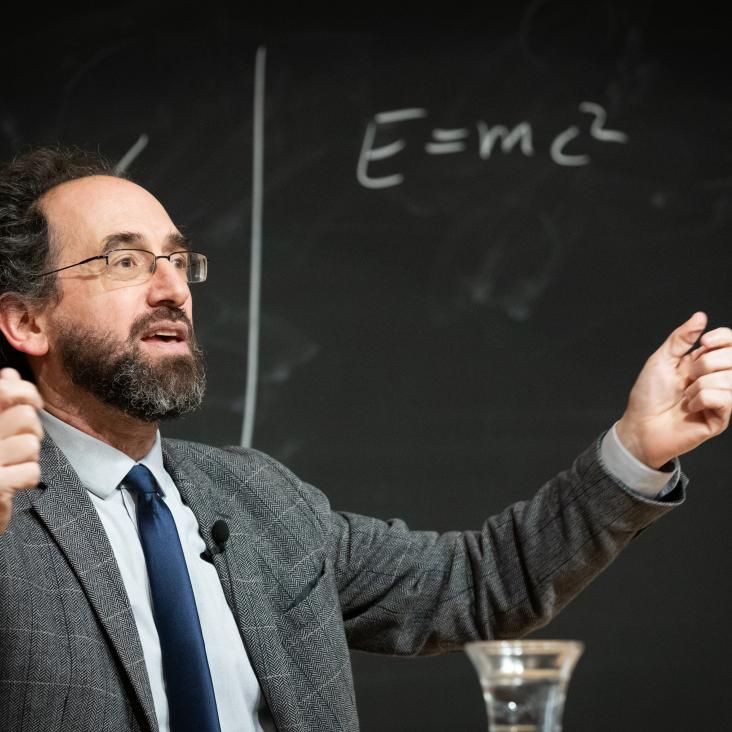Outage Capacity with two-bit channel feedback for a two-transmit and single receive antenna system
Institute of Electrical and Electronics Engineers (IEEE) 2 (2003) 844-848
Theory of surface-acoustic-wave propagation in the v = 5/2 fractional quantum Hall state
International Journal of Modern Physics B 16:20-22 (2002) 2959
THEORY OF SURFACE-ACOUSTIC-WAVE PROPAGATION IN THE ν = 5/2 FRACTIONAL QUANTUM HALL STATE
World Scientific Publishing (2002) 47-47


